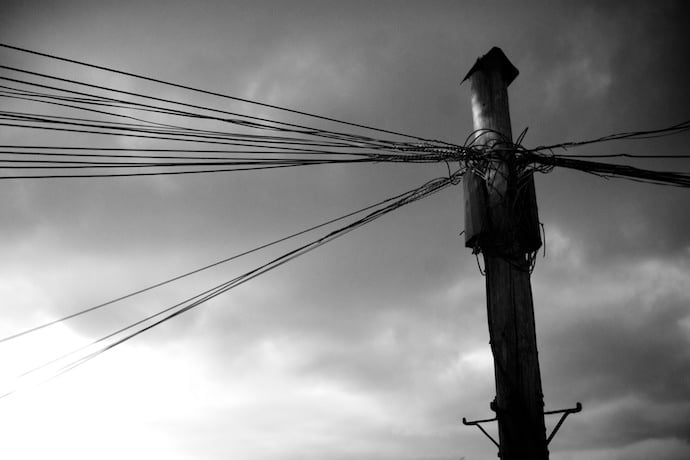For the past few issues, we’ve been exploring simple ciphers and breaking down how they’re created. Now that we’re all smartened up on how codes are made, it’s time we took a look at a real-world example that made a big splash in the history books; Morse Code.
Despite its name, Morse Code wasn’t designed to hide secret messages from the enemy! It was invented by Samuel Morse in 1836, who the code is named after. Back then, they were still figuring out how to convey messages via electrical charges. These days, we have the technology to convert charges into phone calls, but they didn’t have that luxury back then! All they could record was if an electrical charge was there or not. If it was there, they could record how long the charge was there for.
It may sound very basic to you, but this new system was very revolutionary at the time! In 1844, Samuel Morse successfully transmitted the message “What hath God wrought” from Washington to Baltimore using this method. This lead to a new communications revolution throughout the US, where lightning-fast communications spread across the country. It was so effective, the long-loved and trustworthy Pony Express eventually became redundant in the face of the new technology.
The idea behind Morse Code was to turn the electrical charges into a decipherable message. The way this was done was translating short and long charges (or ‘dits’ and ‘dahs’ respectively) into letters. Each letter in the alphabet was assigned to a specific combination of dits and dahs. When you wanted to ‘type’ a letter, you’d do so by sending the correct number of dits and dahs as dictated.
So, let’s look into this historical code! Here’s how each letter is typed. A dot signals a dit, and a dash indicates a dah:

You may recognise that this is very similar to the Pigpen cipher we covered in Issue 2. All we’re doing here is taking the existing alphabet and assigning them to special symbols. Of course, this was done so the letters could be sent across telegraph wires, and not to confuse an eavesdropper like the Pigpen cipher did.
Of course, when all letters consists of several dots and dashes, things can get a little confusing. If you received a message with four dots, it could be four Es, two Ds, or a single H. As such, timing was key to make sure each letter got through correctly. After each letter, the sender would add a pause of three dots to show the letter has ended. After each word, they waited for seven dots. This made sure the message got through without letters being scrambled.
But enough of how they’re made — let’s perform some morse code ourselves! Let’s say you and your friend have a locked box where you keep all your cool and hidden stuff, and you frequently hide the key in a spot where both of you can get it. However, one day your friend hides the key and you don’t know where it is. You decide to write a message in Morse code to your friend, because while it wasn’t designed for secrecy, it’s still quite hard to read!
Let’s send the message “WHERE IS THE KEY”. How would you assemble your Morse code so you can relay this to your friend?
Don’t worry–you don’t need a Morse code transmitter to make your code! You can write down the dashes and dots you’d use in your code like in the the key above. Put a space to represent a three-dot wait between each letter, and a slash (/) for each seven-dot wait between each word. For example, “I LIKE CAKE” is written like this:

Now that you’ve sent your message off, you get a message come back from your friend that reads like this:

Where is the key located? Translate the code back into English and find out the location!
Samuel F. B. Morse Bio
Samuel F.B. Morse was born on April 27, 1791 and died on April 2, 1872. Despite making one of the most famous codes in history, he didn’t start his life as an inventor! He started off as a painter, painting a wide variety of pictures that can still be seen at the Locust Grove house in New York, where he used to live.
One day, while he was painting, he received a horse-delivered telegram from his father that stated that Samuel’s wife was recovering from an illness. The next day, however, another telegram arrived announcing her death. By the time Samuel had travelled to where his wife lived, her funeral had already taken place. Samuel was very sad that he was kept in the dark for so long about his wife’s death, and decided to invent a way to transfer messages faster.
With the help of the research of others alongside his own smarts, Samuel would go on to develop a way to transmit messages via telegraph, as well as his code that made the messages possible. The original telegraph that Samuel invented, as well as his patent for it, can still be seen today in the Smithsonian Institution.
Answers
WHERE IS THE KEY:

Morse Message answer: UNDER THE CARPET IN THE STUDY
Learn More
Morse Code Translator
https://morsecode.scphillips.com/translator.html
The Telegraph
http://www.history.com/topics/inventions/telegraph

